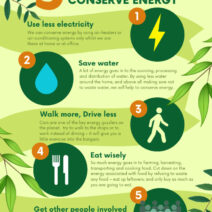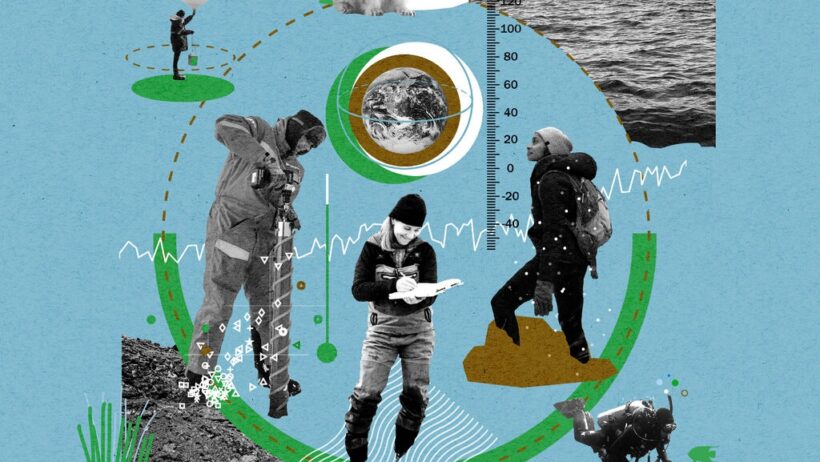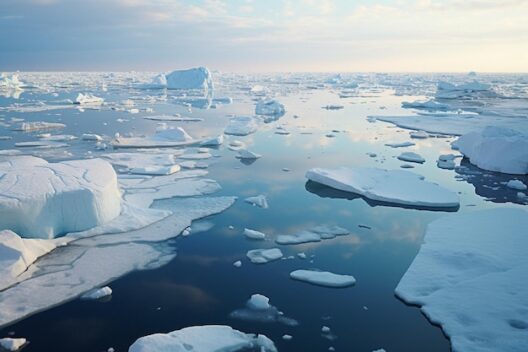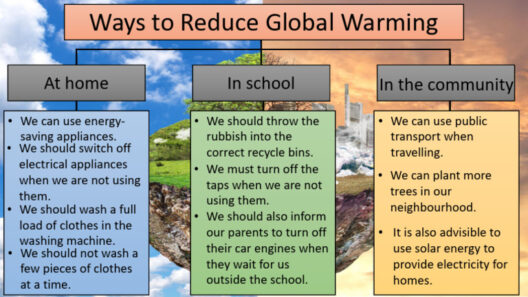California, renowned as the Golden State, is often swept up in its own mythology of sun-kissed beaches, sprawling vineyards, and mountainous terrains. Yet, beneath its idyllic exterior lies a grim reality that is increasingly hard to ignore: the climate crisis. The state’s diverse ecosystems are currently grappling with the multifaceted impacts of global warming. This exploration delves into how climate change is not just reshaping the physical landscape of California, but also its socio-economic fabric and cultural identity.
To understand the imminent threats California faces, it is necessary to consider the environmental phenomena erupting across various regions. Rising temperatures, shifting precipitation patterns, prolonged droughts, and escalating wildfires are not mere anecdotes; they represent the tangible manifestations of a warming planet. Scientific consensus underscores that California has warmed by nearly 2 degrees Fahrenheit over the last century. Even the average increase conceals an alarming reality—certain areas are warming disproportionately, exacerbating the challenges faced by local populations.
Water scarcity looms as a pressing concern. The Sierra Nevada mountain range, California’s primary water reservoir, witnesses declining snowpack levels, which shrinks the annual meltwater that aquifers, rivers, and reservoirs depend upon. Weaving through the intricate tapestry of California’s agricultural identity, this diminishment of water resources poses existential threats. The state produces nearly half of America’s fruits, vegetables, and nuts, and any disruption in water supply could precipitate food insecurity not only locally but nationally. Farmers are compelled to adopt increasingly desperate measures, employing methods like groundwater extraction and crop diversification to adapt, thereby creating a ripple effect in land use and food prices.
The specter of profound drought is exacerbated by increasing temperatures, culminating in a cycle that seems inescapable. Drought conditions lead to parched landscapes that, when ignited by sparks, culminate in devastating wildfires. The calamitous landscapes of recent years serve as reminders of the destructive prowess of wildfire. Fires erupt more vigorously and with greater frequency, driven by dry conditions and high winds, and the repercussions extend beyond the immediate loss of property and resources; they challenge air quality, public health, and reveal glaring inequalities in disaster response. Marginalized communities often bear the brunt of these emergencies, highlighting the intersectionality of climate justice.
Moreover, the escalating frequency of extreme weather events is emblematic of climate change’s omnipresence. Atmospheric rivers, characterized by concentrated moisture-laden systems, deliver both torrential rains and flooding after prolonged drought—an ominous juxtaposition that reveals the inherent unpredictability of a changing climate. Coastal areas find themselves trapped in a retrogressive loop, confronting rising sea levels fueled by glacial melting. The salty encroachment not only threatens freshwater reservoirs but also disrupts delicate ecosystems, particularly estuaries that serve as crucial habitats for myriad species.
Yet, the narrative of California’s climate crisis is not solely one of devastation; it also embodies resilience and innovation. Policymakers and activists have galvanized momentum toward renewable energy initiatives, aiming to curtail dependency on fossil fuels. California stands as a beacon of hope within the global conversation on climate action. The state’s ambitious climate goals target the reduction of greenhouse gas emissions to 40% below 1990 levels by 2030, a goal developed alongside stringent regulations on pollutants. This progressive legislation lays the groundwork for a clean energy economy, fostering technological advancements in solar and wind energy while creating green jobs aimed at revitalizing struggling communities.
Moreover, the radical shift toward sustainable infrastructure illuminates new paradigms in urban development. Cities are being reimagined through the lens of sustainability, with bicycle paths, public transportation upgrades, and green spaces increasingly prioritized. These endeavors not only aim to improve urban livability but also reduce carbon footprints and mitigate heat island effects in densely populated areas. Proactive measures at municipal levels signal a collective acknowledgment of the responsibilities inherent in climate stewardship.
Education plays an indispensable role in navigating this conundrum. Engaging citizens to understand the intricacies of climate change cultivates a sense of responsibility and agency. Environmental education programs instill awareness and encourage action, fostering a discourse that transcends generations. The youth movements advocating for climate justice illuminate local voices in national and international dialogues, demanding accountability and responsiveness from leaders and corporate entities alike.
In the throes of climate change, the intangible aspects of California’s identity—its culture, history, and community—are also under threat. The arts serve as a medium for grappling with climate grief, producing works that reflect loss, resilience, and adaptation. Local artists use their platforms to emphasize ecological themes, transforming landscapes of despair into narratives of hope. This artistic expression not only cultivates community but also empowers individuals to voice their stories—a poignant reminder that human experiences intertwine with environmental transformations.
Ultimately, California stands at a crossroads. Recognizing the profound interdependencies among environmental health, economic stability, social equity, and cultural vitality is paramount. The challenges posed by global warming showcase the urgency for a unified approach, marrying policy innovation with grassroots activism. As the ground beneath the Golden State shifts, its inhabitants are reminded that the battle against climate change necessitates collective engagement and steadfast commitment.
Hence, the unfolding climate crisis in California serves as a microcosm of the larger global challenges confronting humanity. Five dimensions—environmental, economic, social, educational, and cultural—intersect to shape the future of this beloved state. By fostering resilience, advocating for sustainable practices, and promoting education and awareness, Californians can illuminate paths toward a more sustainable and equitable future in an era of climate uncertainty.







